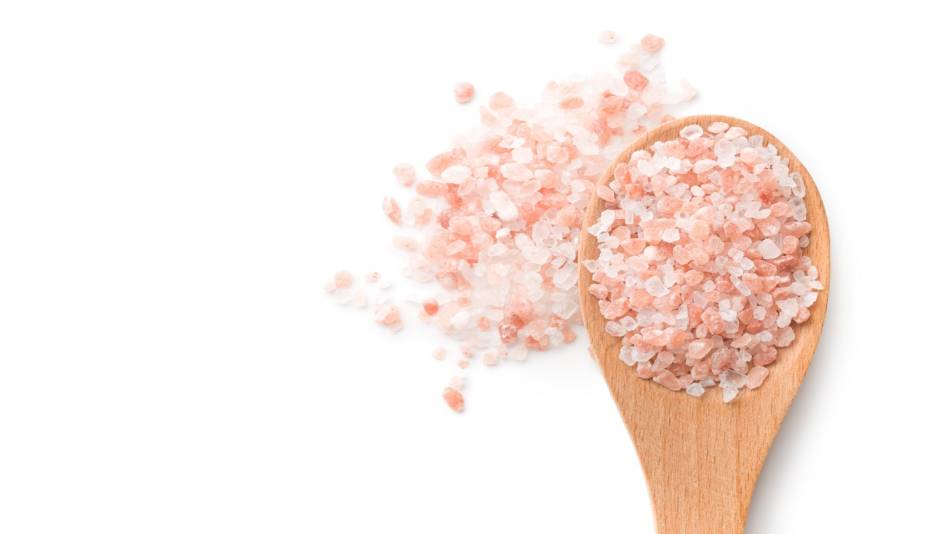
Answer:
Himalayan salt and other specialty or gourmet salts from ancient mineral deposits, as well as Hawaiian, Mediterranean, and French sea salts, and Australian river salts, have become popular due to their flavor and suggested health benefits.
One potential health benefits commonly ascribed to these salts is that they have higher concentrations of essential minerals (like calcium, iron, potassium, and magnesium, and chromium) than ordinary table salt (purified sodium chloride). However, the amounts are fairly small. In addition, concerns have been raised about contamination of these salts with heavy metals such as lead, cadmium, arsenic, and mercury, as well as microplastics.
Sign in as a member to learn more, including amounts of heavy metals and/or microplastics found in iodized salt, Himalayan salt, sea salts, and other specialty salts, and if there is any evidence to support what's called the "pink salt trick."
Join today to unlock all member benefits including full access to all CL Answers and over 1,400 reviews.
Join NowAlready a member? Sign In Here.
Join now at www.consumerlab.com/join/






Submit your comment
This feature is restricted to active members.
Join now to add comments and get all member benefits, including over 1,400 reviews.
Join NowAlready a member? Sign in here.